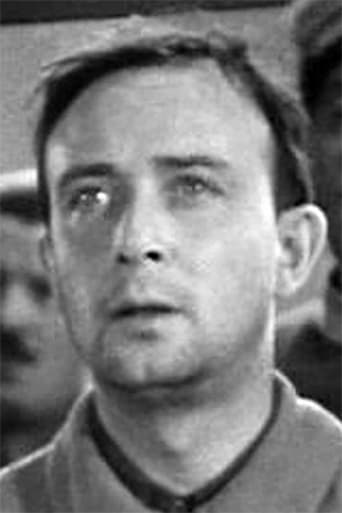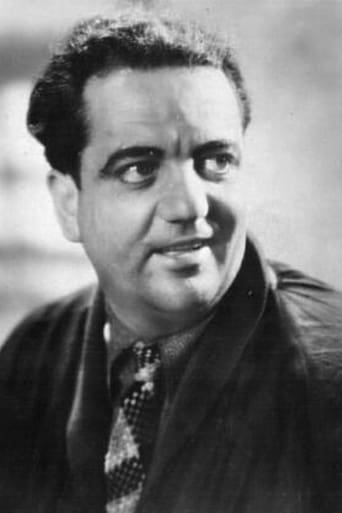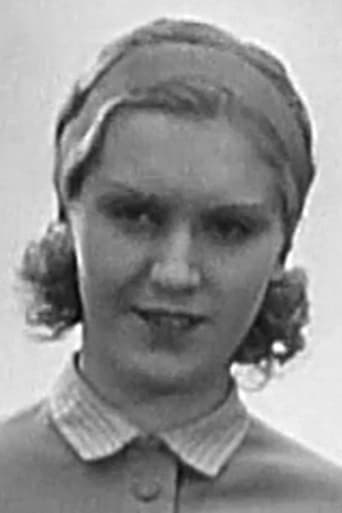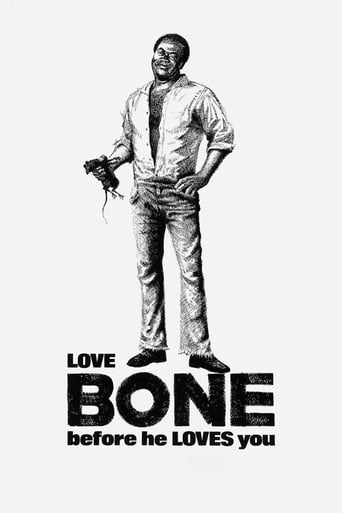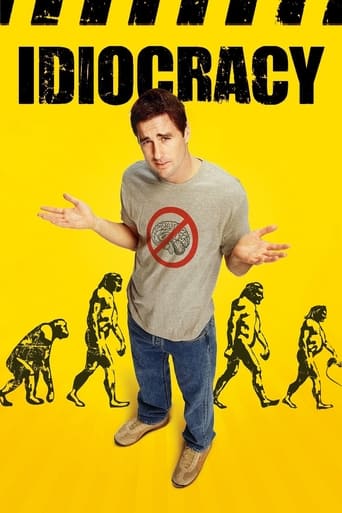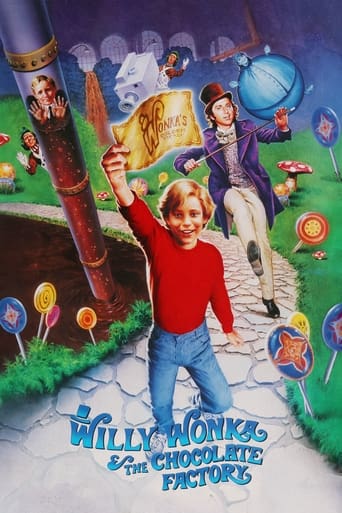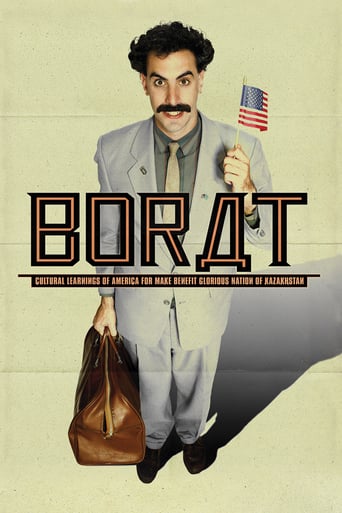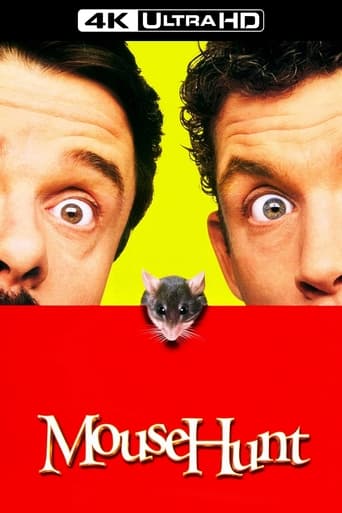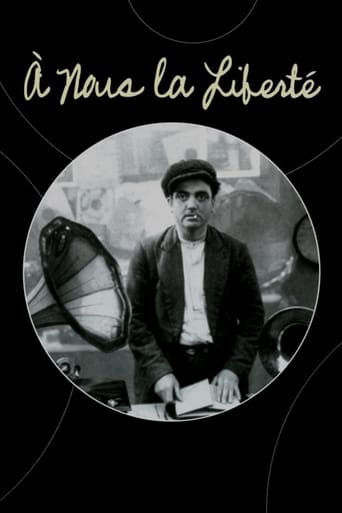
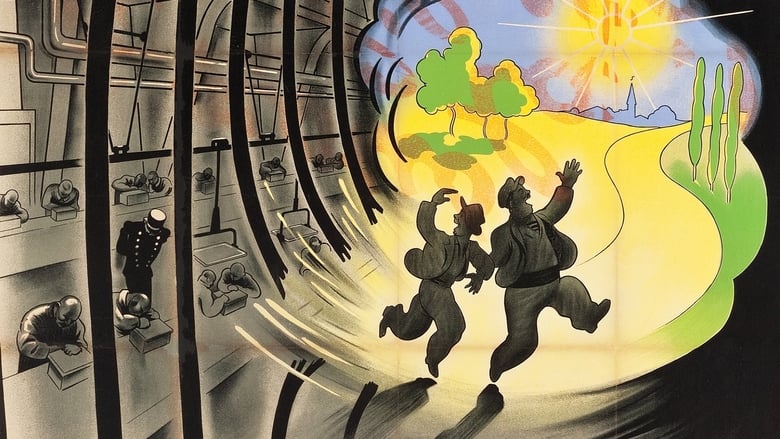
À Nous la Liberté (1931)
In this classic French satire, Louis, a convict, escapes from prison and takes on legitimate work, making his way up in the business world. Eventually becoming the head of a successful factory, Louis opts to modernize his company with mechanical innovations. But when his friend Émile finally leaves jail years later and reunites with Louis, the past catches up with them. The two, worried about being apprehended by police, long to flee the confines of industry.
Watch Trailer
Cast


Similar titles
Reviews
René Clair's playful machine-age satire owes a large debt to Charlie Chaplin, who later returned the honor by borrowing extensively from Clair's innovative early sound comedy for his own late, great silent feature 'Modern Times'. But Clair went one step further in his original vision of a clockwork society, choreographing his comedy around recurring patterns, synchronized movements, and endless progressions of the type Buster Keaton loved to invent. The timing is precise, the humor is disarming, and Clair's message is simple: mechanical gadgets may be predictable, but human beings most certainly are not, and the awkward alliance between the two can be a fertile source of amusement.I was fortunate to see À Nous la Liberté on the big screen in the mid-1980s (at the Pacific Film Archive in Berkeley), alongside Fernand Leger's famous abstract short 'Ballet Mécanique' (1924): a patchwork of interesting and largely spontaneous visual ideas and juxtapositions.
I profess-- I never heard of this movie nor this director till I watched it tonight. As pointed out, the film has a socialist message-- mainly a scaffolding to hang some very clever physical humor on, though it manages to fit in a few astute (likewise hysterical) observations about modern industrial society. The male leads are absolutely charming and have great chemistry. The style of the film is something in itself. The soundtrack (one of the first original ones to be used in a film) is intertwined with the action on screen, and occasionally the actors sing along with it almost as if this were a musical...but not quite. There are moments of pantomime infused with talking scenes, almost as if the director was trying figure out how to work his style for making silent films into talkies. In total, it's a bit odd-- but it works! And it's unique. And far from dated-- it gave me quite a few belly-laughs.
This early talkie is an unexpected joy to watch and an artful piece of transitional cinema. It's difficult to believe that Charlie Chaplin claimed he never saw René Clair's fanciful 1931 musical comedy since it predates many of the same leitmotifs that came up in "Modern Times" five years later, including pointed jabs at corporate greed interlaced with Keystone Cops-style slapstick. In fact, Clair seems completely inspired by Chaplin in the way he carefully orchestrates the chase scenes and the robotic assembly line in this film, so much so that Chaplin borrowed back the visual cues in "Modern Times".Clair sets up his story as an elaborate parable centered on two convicts, best friends Émile and Louis, who make toy horses in the prison assembly line. In a long-planned attempt to escape, Émile escapes thanks to a generous leg-up from Louis, who is caught and returned back to their cell. Years pass, and Émile becomes a successful industrialist in charge of a phonograph manufacturing business. Meanwhile, Louis serves out his term and upon release, ironically finds himself working in the assembly line of Émile's factory. After some hesitation, Louis and Émile reunite and join forces with a rapid-fire series of chaotic complications leading the two friends to realize that a life away from work may be their true fate.The film master does not belabor his sociopolitical statements about materialism, but it is intriguing in hindsight to appreciate the film's prescience in showing France disconnected from the encroaching Nazi menace. Moreover, the film boasts startling visual elements thanks to Lazare Meerson's unmistakably Expressionist art direction. Henri Marchand and Raymond Cordy make a fine comedy team as Émile and Louis, though what really shines is the timeless spirit that Clair imbues this film. The 2002 Criterion Collection DVD includes two deleted scenes, a brief 1998 interview with Clair's widow, and a twenty-minute short, "Entr'acte", that Clair made with French artists Francis Picabia and Erik Satie. Speaking of Chaplin, in an audio essay, film historian David Robinson describes the plagiarism suit that the film's producers brought against Charlie Chaplin when "Modern Times" was released.
It's obvious Clair is a Charles Chaplain fan. Movies had come out of their infancy with Chaplain as the comedy pioneer. Today critics are not as enamored with the little tramp as the critics from the Twenties and Thirties, but Rene Clair makes the most of slapstick comedy or should I say he subdues it just enough to find his own signature.Clearly, the new talkies confused comedy directors. A Nous la Liberte, the story of two escaped French convicts, were conceived as a silent film. Then music, songs and spare dialogue was inserted tentatively. The actors, Raymond Cordy as the nuevo rich industrialist and Henri Marchard as the Chaplain like tramp speak sparingly, but they do gesture as silent film actors.Much has been discussed about Chaplain's supposed rip off. City Lights was made five years later and Chaplain and all his production people swore they never saw the French film. Clair himself declared his admiration for Chaplain, his delight that his master would use Clair's material. So this is a bit confusing. The scenes of industrial automation, assembly line inhumanity, were indeed similar in both films. The 20th Century factory was a discussion of that time. Was it dehumanizing or did it provide a better life than the idealized farm memory of the fading 19th Century? Are these films declarations for 1930's Socialism or Fascism? Personally, knowing the politics of Chaplain at least, we can see that the intellectuals preferred Socialism.


